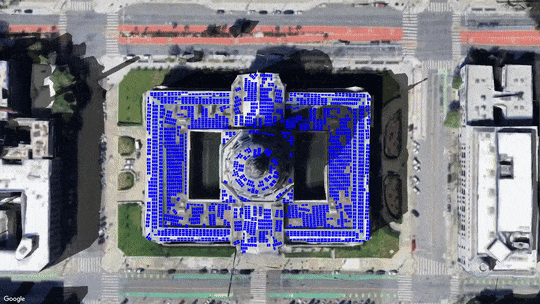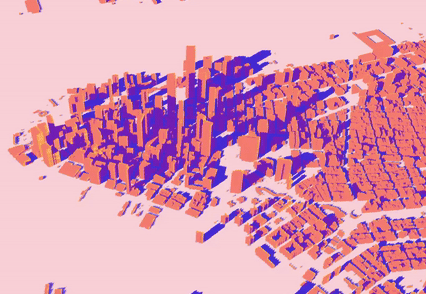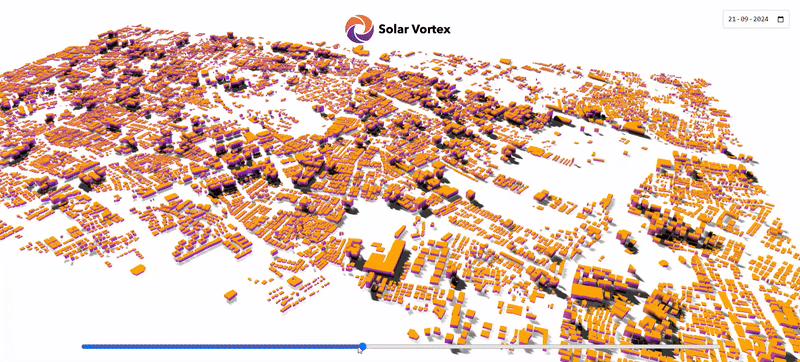Introduction Estimating solar potential isn’t just about mapping rooftops—it requires accurate panel placement, shading analysis, and real-time sun exposure calculations. To achieve this, we integrated Google’s Photorealistic 3D Tiles with Deck.gl’s Tiles3DLayer and Three.js for rendering dynamically placed solar panels. While Deck.gl provides high-performance geospatial visualization, Three.js gives us precise control over materials, object transformations, and real-time shadows. Combining both frameworks allowed us to create an efficient, interactive 3D solar analysis tool. ...


